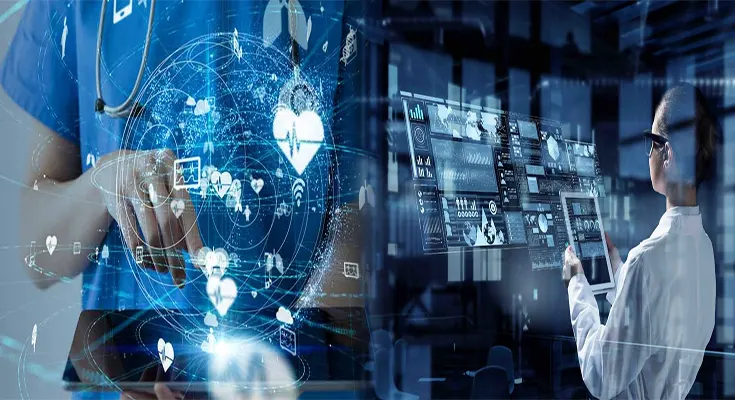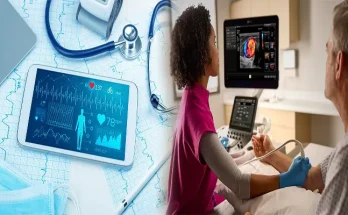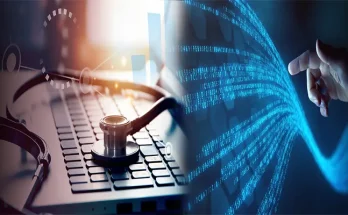In recent years, the healthcare industry has experienced a significant transformation with the integration of health information technology (HIT) into patient care. This innovative approach has proven to enhance the quality of care and revolutionize the way healthcare services are delivered to patients. With the seamless incorporation of HIT into healthcare systems, patient care has evolved to become more efficient, accessible, and personalized. In this article, we will explore the key ways in which health information technology is improving patient care.
Streamlined Data Management
One of the most significant benefits of health information technology is its ability to streamline data management. Electronic Health Records (EHR) have replaced traditional paper-based records, enabling healthcare providers to access patient information promptly and securely. This streamlined access to patient data allows for quicker decision-making and more accurate diagnoses, ultimately leading to improved patient care outcomes.
Enhanced Communication and Coordination
Health information technology enables seamless communication and coordination among healthcare professionals. Through secure messaging systems and integrated platforms, care teams are able to collaborate more effectively, leading to better care coordination and reduced medical errors. Additionally, HIT facilitates communication between patients and their providers, empowering individuals to actively participate in their care and make informed decisions about their health.
Personalized Treatment Plans
With the implementation of health information technology, healthcare providers can leverage data analytics and decision support tools to develop personalized treatment plans for patients. By analyzing patient-specific data, such as medical history, genetic information, and lifestyle factors, providers can tailor treatment strategies to meet the unique needs of each individual. This personalized approach to care has the potential to improve patient outcomes and increase patient satisfaction.
Remote Monitoring and Telehealth
Health information technology has paved the way for remote patient monitoring and telehealth services, particularly in the wake of the COVID-19 pandemic. Through connected devices and telemedicine platforms, healthcare providers can remotely monitor patients’ vital signs, manage chronic conditions, and conduct virtual consultations. This not only improves access to care for patients in remote or underserved areas but also enhances convenience and reduces the need for in-person visits, particularly for routine check-ups and follow-up appointments.
Effective Population Health Management
Health information technology plays a crucial role in population health management by enabling healthcare organizations to analyze and manage data at a larger scale. By aggregating and analyzing data from diverse sources, including EHRs, public health databases, and social determinants of health, providers can identify at-risk populations, track disease trends, and implement targeted interventions to improve the health of communities. This proactive approach to population health management ultimately leads to better health outcomes and lower healthcare costs.
Health information technology has become a cornerstone of modern healthcare, revolutionizing patient care in numerous ways. From streamlined data management to personalized treatment plans and remote monitoring, HIT has significantly improved the delivery of care and the overall patient experience. As technology continues to advance, the potential for health information technology to further enhance patient care is both promising and essential to the future of healthcare.





